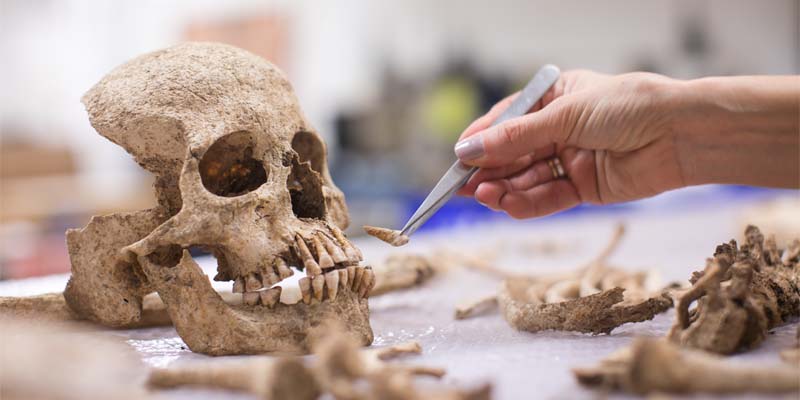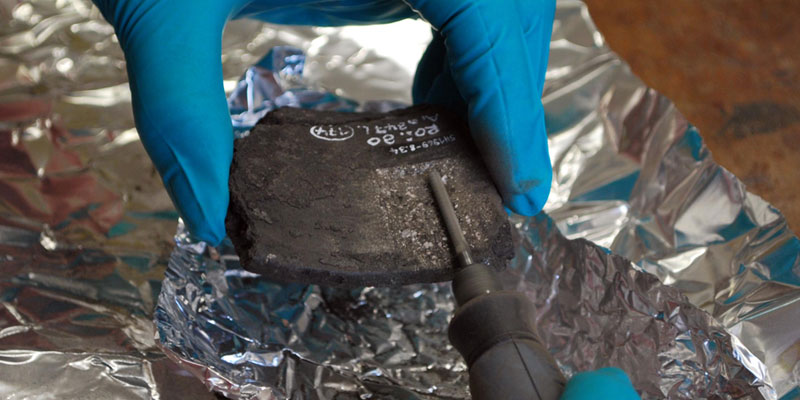
Bioarchaeology
Exploring both prehistoric and historic contexts, our research draws on our staff's collective expertise in archaeology, biology and chemistry.
We have a diverse range of research interests covering human palaeoecology, aDNA and environmental archaeology,
Our research is underpinned by our links to BioArCh, a collaborative research facility forging links between laboratory and field.
We are also linked to the Centre for Anatomical and Human Sciences, which adds skills in primate and human anatomy to our strengths.
People
- Marjolein Admiraal (ERC Postdoctoral Research Associate)
- Kweku Afrifa (ERC Postdoctoral Research Associate)
- Michelle Alexander (Senior Lecturer in Bioarchaeology, Deputy Head of Department)
- Ian Armit (Chair in Archaeology)
- Geoff Bailey (Professor Emeritus)
- Maddy Bleasdale (ERC Postdoctoral Research Associate)
- Oliver Craig (Professor of Archaeological Science, Director of BioArCh)
- Claire-Elise Fischer (ERC Postdoctoral Research Associate)
- Jen Harland (ERC Postdoctoral Research Associate)
- Jessica Hendy (Lecturer in Palaeoproteomics)
- Malin Holst (Lecturer in Osteoarchaeology)
- Alexandre Lucquin (ERC Postdoctoral Research Associate)
- Nicky Milner (Professor of Archaeology, Head of Department)
- Terry O'Connor (Professor Emeritus)
- David Orton (Lecturer in Zooarchaeology)
- Paola Ponce (Lecturer in Osteoarchaeology)
- Harry Robson (ERC Postdoctoral Research Associate)
- Alejandro Serna (Marie Skłodowska Curie European Fellow)
- Nathan Wales (Lecturer in Archaeological Science)
- Kevin Walsh (Reader)
- Lizzie Wright (Marie Skłodowska Curie European Fellow)
Honorary Professors
- Carl Heron (British Museum)
- Mike Richards (Simon Fraser University)
Research Highlight: ZooMS
Developed at York, ZooMS - short for ZooArchaeology by Mass Spectrometry - is a new method for discerning the origins of previously unidentifiable bone fragments. The method uses a well established approach, peptide mass fingerprinting, allied to high throughput Time of Flight Mass Spectrometry.
This video explains how ZooMS can be used to identify the animal origin of parchment. The method has been used to identify the animal origin of pocket bibles produced in the 13th century.
